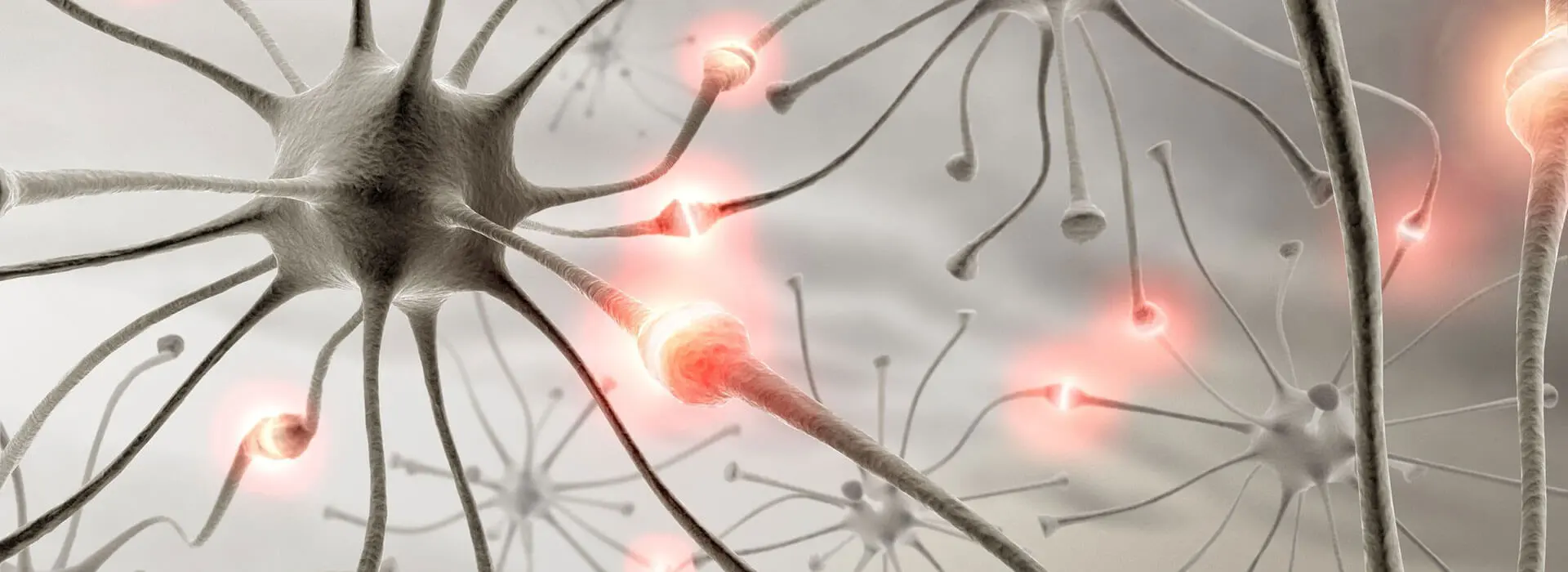What is RFA (Radiofrequency Ablation):
Radiofrequency ablation (RFA) is a minimally invasive procedure that uses heat generated by radio waves to target specific nerves, reducing pain signals from reaching the brain. By interrupting the nerve’s ability to transmit pain, RFA provides lasting relief for those suffering from chronic pain conditions. During the procedure, a thin needle is carefully guided to the target nerve using imaging techniques like X-ray or ultrasound. Once positioned, a small electrical current heats the nerve tissue, deactivating its pain-transmitting function. The science behind RFA is based on controlled thermal energy that disrupts the pain pathways without damaging surrounding tissues, making it a precise and effective treatment option.
Conditions Treated with RFA:
Radiofrequency ablation (RFA) is commonly used to treat the following pain-related conditions:
- Facet Joint Pain (cervical, thoracic, and lumbar)
- Sacroiliac Joint Pain
- Chronic Neck and Back Pain
- Osteoarthritis-Related Pain
- Trigeminal Neuralgia (facial pain)
- Peripheral Nerve Pain (e.g., in the shoulder, hip, or knee)
- Knee Joint Pain due to Arthritis (to avoid surgery)
- Cancer-Related Pain (palliative treatment for tumors)
How is RFA Done:
- Preparation: The procedure typically takes place in an outpatient setting. You’ll lie on a table, and the area to be treated will be cleaned and sterilized. A local anesthetic is applied to numb the skin and minimize discomfort during the procedure.
- Positioning the Needle: Using imaging guidance, such as X-ray (fluoroscopy) or ultrasound, the doctor inserts a thin, specialized needle near the nerve causing your pain. The imaging helps ensure that the needle is positioned precisely at the target nerve.
- Test Stimulation: Before applying the radiofrequency energy, a small electrical current is used to stimulate the nerve, ensuring the needle is in the correct spot. You might feel a tingling sensation or a mild reproduction of your pain, confirming the proper placement.
- Applying Radiofrequency Energy: Once positioned, the doctor activates the radiofrequency generator, which delivers controlled heat through the needle to the nerve. This thermal energy creates a small lesion on the nerve, effectively disrupting its ability to send pain signals to the brain.
- Completion and Recovery: After the ablation, the needle is removed, and a small bandage is applied to the site. You’ll be monitored for a short period, and most patients are able to go home the same day. Recovery is usually quick, with many returning to normal activities within a day or two.
- Post-Procedure Care: Pain relief from RFA can take a few days to fully set in, and results can last from several months to over a year. Follow-up appointments may be scheduled to assess your pain relief and overall progress.


